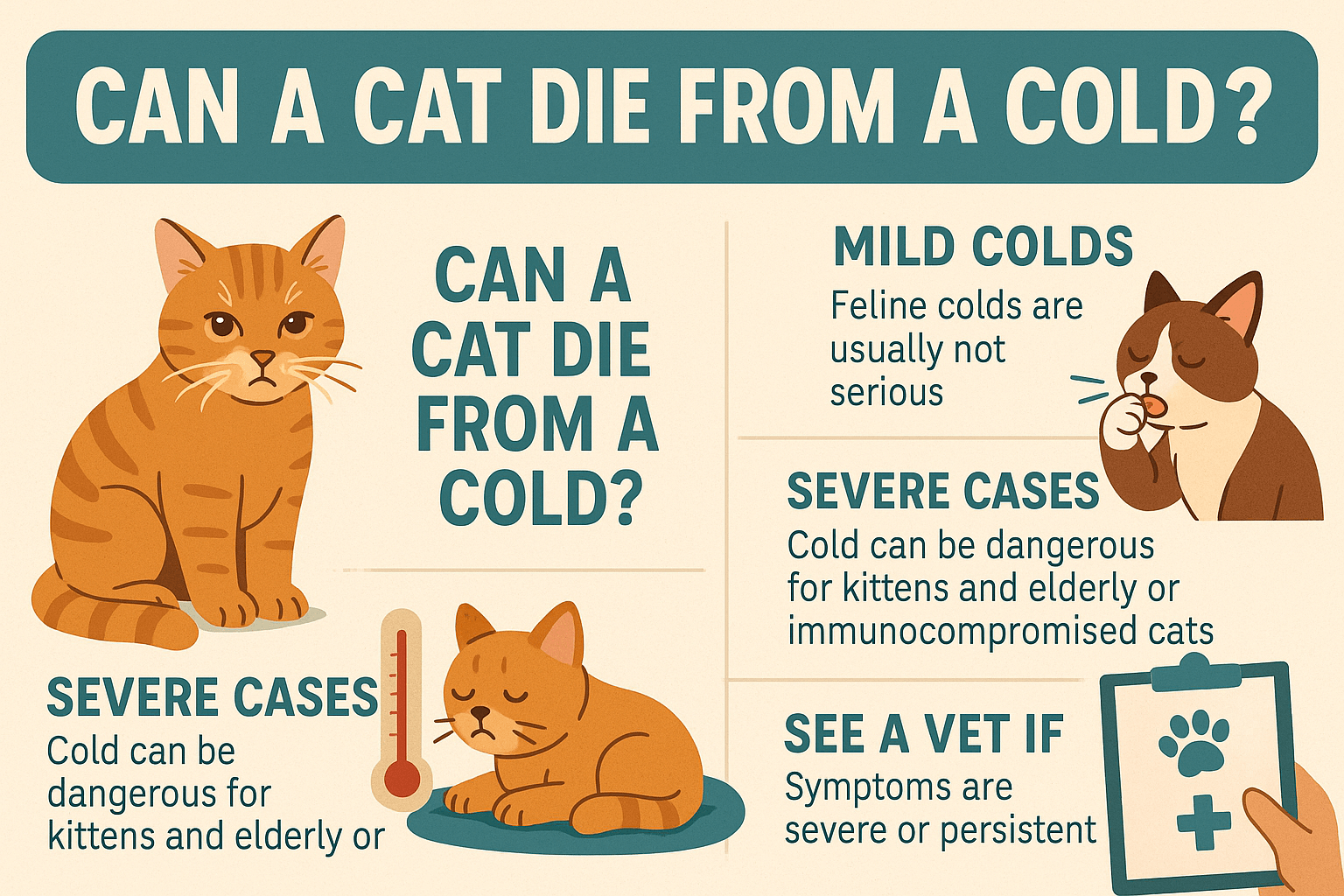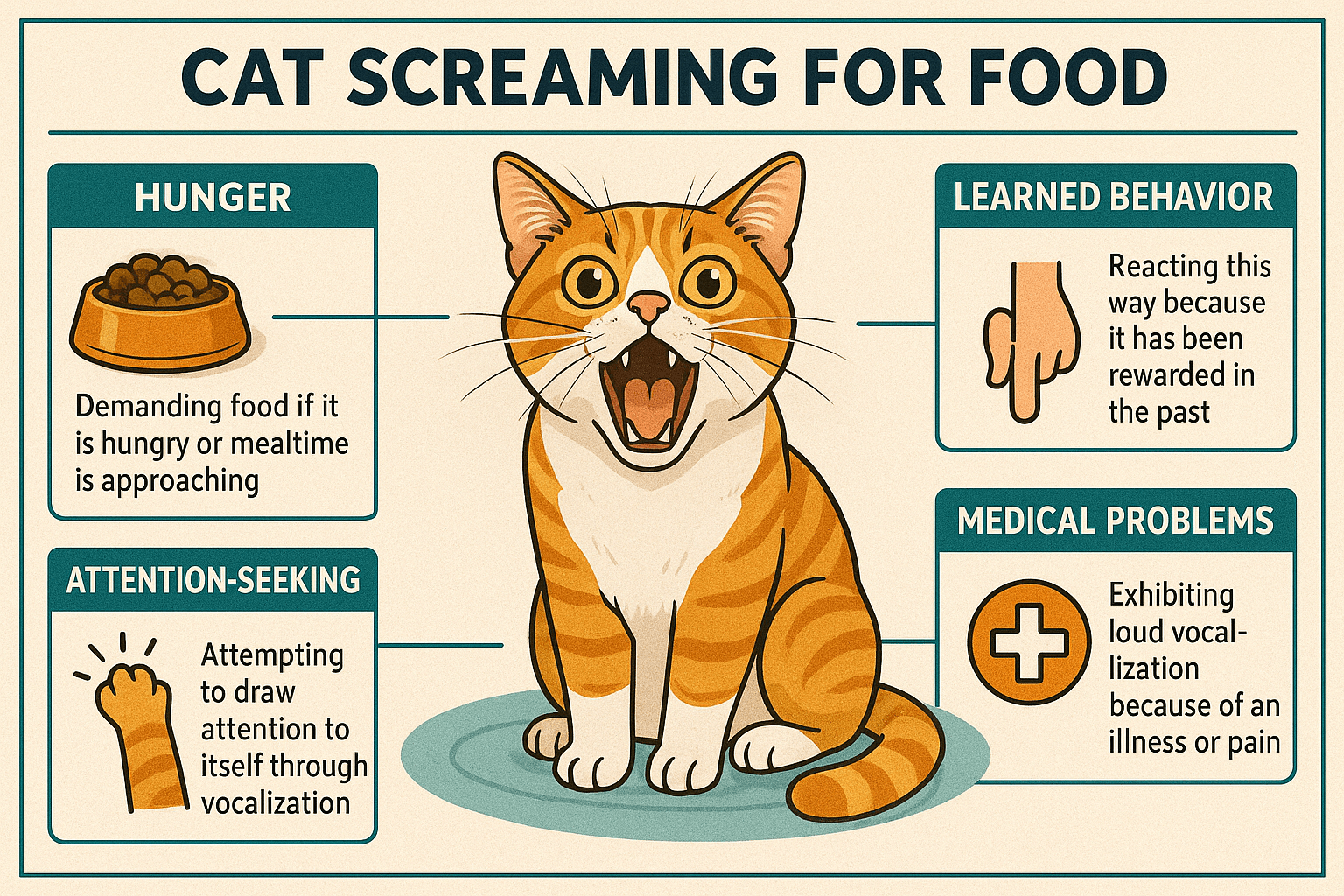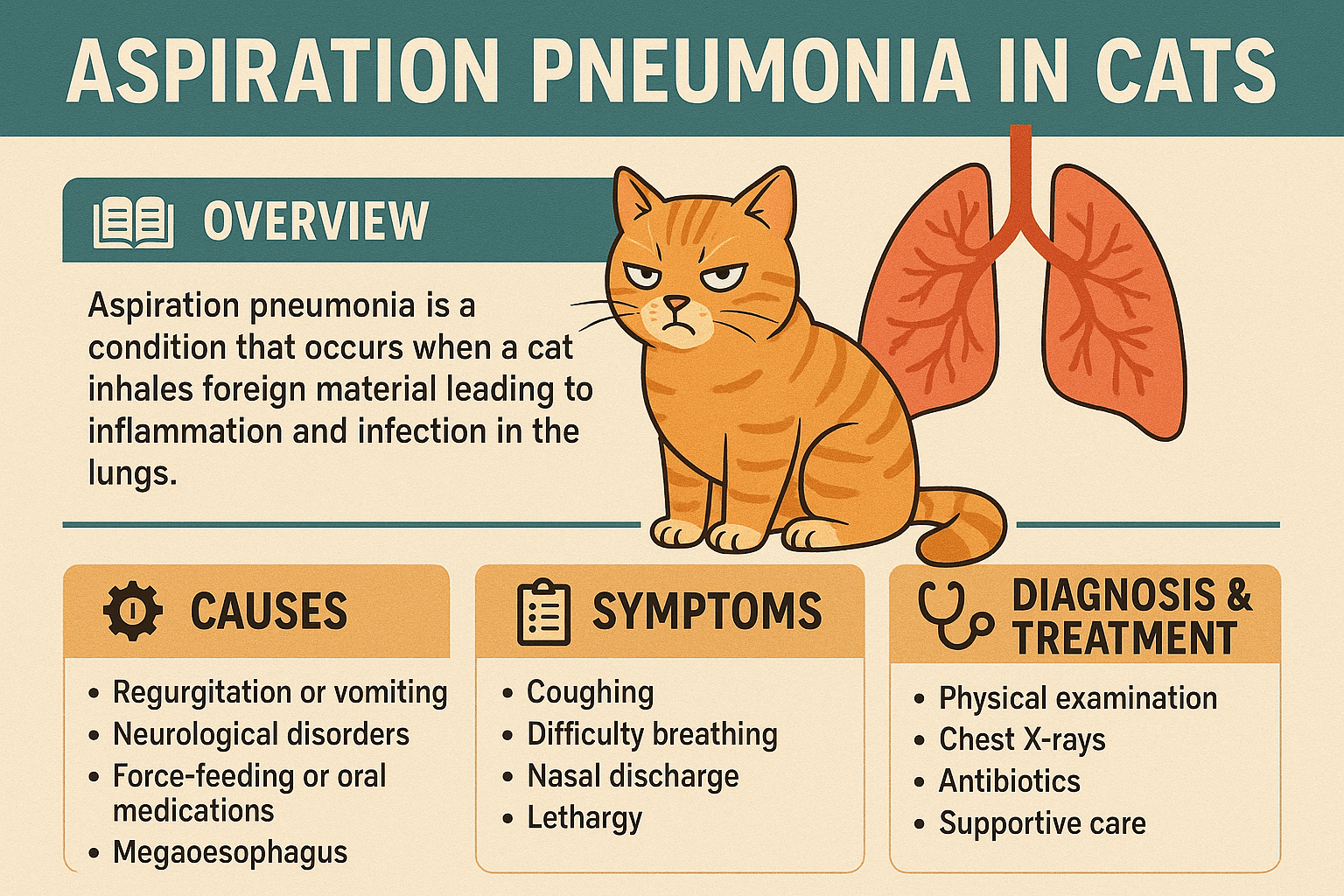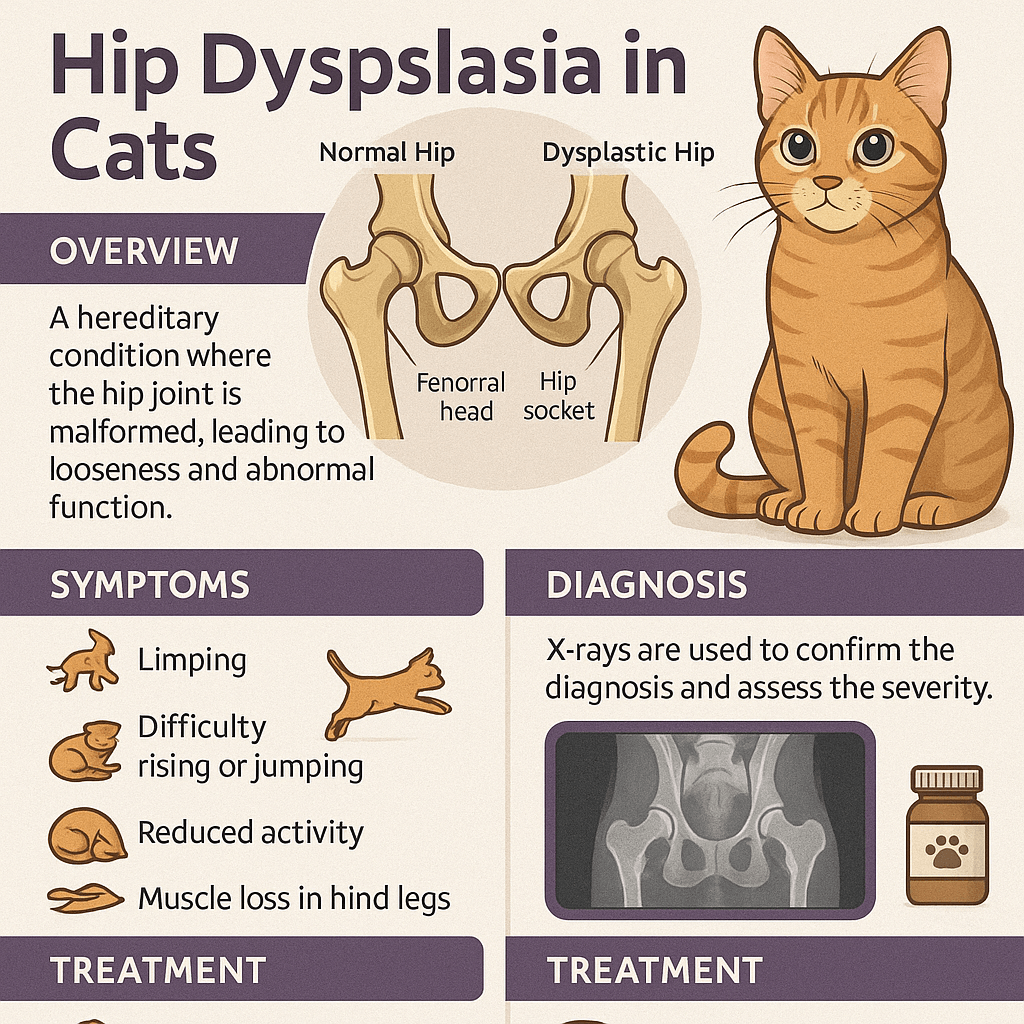Can Cats Eat Dog Treats?
Cats are curious creatures, and it’s not uncommon for them to sneak a nibble of something intended for their canine companions. But can cats eat dog treats safely? While sharing food between pets might seem harmless, cats have unique dietary needs that differ significantly from those of dogs. Understanding what’s safe and what’s risky is crucial to ensuring your feline friend stays healthy and happy. In this blog post, we’ll explore whether dog treats are suitable for cats, the potential risks involved, and safer alternatives to keep both your pets satisfied.
Potential Risks of Feeding Dog Treats to Cats
While an occasional nibble might not cause immediate harm, regularly feeding dog treats to cats can pose several health risks. Here’s why you should think twice before letting your cat indulge in dog-specific snacks.
Nutritional Imbalance:
Dog treats lack essential nutrients like taurine, which cats require for heart and eye health. A deficiency can lead to serious health issues over time.Toxic Ingredients:
Some dog treats contain ingredients like chocolate, xylitol, or artificial sweeteners, which are toxic to cats and can cause poisoning.Digestive Upset:
Cats have sensitive digestive systems, and consuming dog treats may lead to vomiting, diarrhea, or other gastrointestinal problems.High Fat Content:
Many dog treats are high in fats, which can contribute to obesity or pancreatitis in cats if consumed excessively.Choking Hazards:
Larger or harder dog treats may pose a choking risk for cats, especially if they try to swallow pieces whole.
These risks highlight why dog treats should never replace a cat’s regular diet or be offered frequently.
Why Cats Should Stick to Cat-Specific Treats
Cats have specific dietary requirements that make cat treats a safer and healthier choice. Here’s why sticking to cat-specific snacks is the best option for your feline companion.
Taurine-Rich Formulation:
Cat treats are often fortified with taurine, an amino acid essential for maintaining heart health and vision in cats.Balanced Nutrition:
Cat treats are designed to complement a feline’s carnivorous diet, providing the right balance of protein, fats, and vitamins.Appropriate Size and Texture:
Cat treats are smaller and softer, making them easier for cats to chew and digest without discomfort.No Harmful Ingredients:
Reputable cat treats avoid ingredients that are toxic or difficult for cats to metabolize, ensuring safety.Mental Stimulation:
Cat treats often come in interactive forms, such as puzzles or toys, encouraging natural hunting behaviors and mental engagement.
Choosing cat-specific treats ensures your pet receives the nutrition and enjoyment they need without unnecessary risks.
Check this guide 👉Can Cats Eat Rosemary? Best 7 Expert Tips!
Check this guide 👉Can Cats Eat Salami? Best 7 Expert Tips!
Check this guide 👉Can Cats Eat Oranges? Best 7 Expert Tips!

Safe Treat Options for Cats | Risks of Dog Treats for Cats |
|---|---|
Freeze-dried chicken or fish pieces | Lack of essential nutrients like taurine |
Commercial cat treats (vet-approved) | Toxic ingredients like xylitol or chocolate |
Small amounts of plain cooked meat | High fat content leading to obesity |
Catnip-infused snacks | Choking hazards from large or hard treats |
Bone broth (unsalted and strained) | Digestive upset from unfamiliar ingredients |
Signs Your Cat May Be Struggling After Eating Dog Treats
If your cat accidentally consumes dog treats, it’s important to monitor them closely for any adverse reactions. Look out for these warning signs that indicate potential trouble.
Vomiting or Diarrhea:
These symptoms may suggest digestive upset caused by unfamiliar or harmful ingredients in the dog treats.Lethargy or Weakness:
A sudden lack of energy could indicate poisoning or nutrient imbalance requiring immediate attention.Loss of Appetite:
Refusal to eat regular meals might signal discomfort or illness following the ingestion of dog treats.Excessive Drooling:
Increased saliva production can indicate nausea or irritation in the mouth or throat.Difficulty Breathing:
Labored breathing may occur if your cat has ingested a toxic ingredient or experienced an allergic reaction.
Recognizing these signs early allows you to seek veterinary care promptly and prevent further complications.
How to Prevent Your Cat from Eating Dog Treats
Preventing access to dog treats is key to keeping your cat safe. These tips will help you minimize temptation and ensure each pet enjoys their own snacks.
Separate Feeding Areas:
Feed your dog and cat in different rooms to reduce the chance of accidental sharing.Supervise Treat Time:
Always keep an eye on your pets when handing out treats to prevent sneaky snacking.Store Treats Securely:
Keep dog treats in sealed containers or cabinets where your cat cannot reach them.Teach Boundaries:
Train your dog to eat treats only in designated areas, reinforcing good behavior through positive reinforcement.Provide Cat-Friendly Alternatives:
Offer your cat their own tasty treats to satisfy cravings and discourage interest in dog snacks.
By implementing these strategies, you can create a harmonious environment where both pets thrive.
Common Mistakes to Avoid When Feeding Pets
Feeding pets involves more than just offering food—it requires careful consideration to avoid mistakes that could harm their health. Here are some pitfalls to watch out for.
Assuming All Treats Are Safe:
Not all treats are created equal, and assuming they’re interchangeable can lead to dangerous consequences for your pets.Overfeeding Treats:
Too many treats, regardless of type, can unbalance your pet’s diet and lead to weight gain or malnutrition.Ignoring Ingredient Labels:
Failing to read labels can result in exposing your pets to harmful additives or allergens hidden in certain products.Leaving Food Unattended:
Leaving dog treats within reach of your cat increases the likelihood of accidental ingestion and related issues.Neglecting Veterinary Advice:
Skipping consultations with your vet can mean missing critical information about your pet’s dietary requirements.
Avoiding these mistakes ensures a safer and healthier experience for both your cat and dog.
Healthier Alternatives to Store-Bought Treats
If you’re looking for nutritious and cost-effective ways to reward your pets, homemade treats are an excellent option. Here are some ideas to try.
Plain Cooked Chicken or Turkey:
Boiled or baked poultry is a lean protein source that both cats and dogs enjoy in moderation.Steamed Vegetables:
Carrots, green beans, or pumpkin (unsweetened) can serve as healthy snacks for dogs but should be avoided for cats due to their carnivorous nature.Freeze-Dried Liver Snacks:
These are rich in nutrients and highly palatable for cats, satisfying their craving for strong flavors.Homemade Catnip Toys:
Stuffing small fabric toys with catnip provides a fun and engaging alternative to edible treats for cats.DIY Peanut Butter Bites (for Dogs Only):
Mix peanut butter (xylitol-free) with oats and bake into bite-sized snacks—but never offer these to cats.
These alternatives allow you to cater to each pet’s dietary preferences while avoiding processed ingredients.
Understanding Your Cat’s Natural Instincts Around Food
Cats are naturally curious about food, and their instincts play a significant role in their eating habits. Understanding these behaviors helps explain their fascination with dog treats.
Hunting Behavior:
Cats are drawn to movement and scent, often investigating food that smells enticing or appears novel.Curiosity and Exploration:
Their inquisitive nature drives them to sample items they encounter, including dog treats left unattended.Preference for Protein:
As obligate carnivores, cats are instinctively attracted to high-protein foods, which many dog treats mimic in aroma.Territorial Marking:
Cats may show interest in dog treats as part of asserting dominance or claiming resources within their space.Boredom or Attention-Seeking:
A bored cat may turn to dog treats as a source of entertainment or a way to gain their owner’s attention.
By recognizing these instincts, you can address underlying motivations and redirect your cat’s focus toward safer options.
Frequently Asked Questions About Cats Eating Dog Treats
Is it safe for my cat to eat one dog treat occasionally?
While a single treat may not harm most cats, it’s best to avoid feeding them dog treats altogether due to nutritional differences.
What should I do if my cat ate a toxic dog treat?
Contact your veterinarian immediately or call a pet poison hotline for guidance on how to proceed.
Can kittens eat dog treats?
No, kittens are even more vulnerable to nutritional imbalances and toxins, so dog treats should be avoided entirely.
Are there any dog treats that are safe for cats?
Even seemingly “safe” dog treats lack the nutrients cats need, so it’s better to stick to cat-specific options.
How can I tell if my cat likes a treat too much?
Overeating or begging for treats excessively can indicate dependency; moderation is key to maintaining a healthy diet.
Prioritizing Your Cat’s Health When It Comes to Treats
While sharing food between pets might seem like a harmless gesture, cats and dogs have vastly different dietary needs. Feeding your cat dog treats can lead to nutritional imbalances, digestive issues, or even toxicity. By understanding the risks and opting for cat-specific snacks, you can ensure your feline friend remains healthy and happy. Remember, your cat relies on you to make the best dietary choices for them—so always prioritize their unique needs above convenience or curiosity. With the right approach, you can keep both your pets satisfied and thriving.
Can a Cat Die from a Cold? Best 7 Expert Tips! Learn how to identify, treat, and prevent feline colds while understanding when to seek veterinary care for your cat’s health.
Cat Screaming for Food: Best 7 Expert Tips! Discover effective strategies to manage your cat's food-related vocalizations and create a peaceful feeding routine.
Aspiration Pneumonia in Cats: Best 7 Expert Tips! Discover causes, symptoms, and treatment advice to protect your cat’s respiratory health and ensure a speedy recovery.
Hip Dysplasia in Cats: Best 7 Expert Tips! Discover expert advice on managing hip dysplasia in cats, from symptoms and prevention to treatment options for a happier, healthier feline life.





